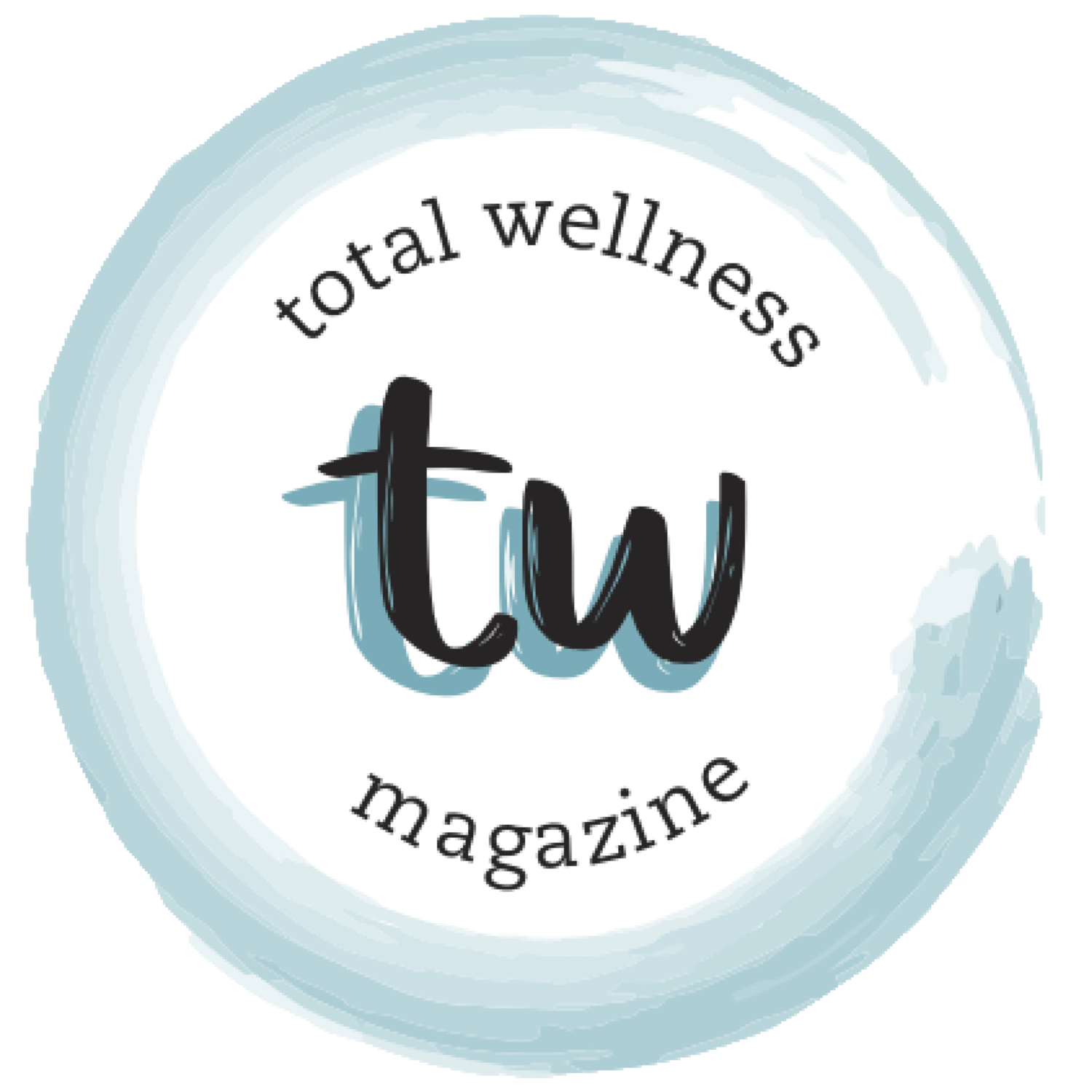Can Night Shift Help You Sleep Better?
by Nancy Romo
The sun goes down; light switches on.
Our modern world is bathed in artificial light, and that doesn’t seem to be changing anytime soon. Headlines featuring the harm of light exposure at night have been on the rise, but no major alternatives have yet been made.
Recently, Apple introduced Night Shift: an automatic software that adjusts the light on our device’s screen to imitate the warmer light spectrum. While it has been observed that a simple switch in color can potentially affect sleep and overall wellness, there are a lot of factors to take into account. So does that mean we should depend on Night Shift, or sleep on it?
Lights out
Night shift may be only for the nighttime, but the relationship between light and sleep is 24/7. Sleep is represented by the circadian rhythm, and light, by the color spectrum.
Circadian Rhythm and Melatonin
The circadian rhythm refers to one’s daily sleep-and-wake cycle. Sleeping at night and being active during the day defines our diurnal (or day related) circadian rhythm; organisms active at night have a nocturnal circadian rhythm, with “nocturnal” meaning “of the night” from the Latin word nocturnus. [7] Our biological circadian rhythm runs on melatonin like gears to a mechanical clock.
Melatonin
Melatonin is a hormone released at night time, meant to tell the body it is time to sleep. The release of melatonin is curve-like: bright light in the morning heightens melatonin release at night and keeps melatonin levels low during the day, whereas bright light in the evening delays melatonin release and can prevent us from feeling sleepy. [2, 9]
When there is a change in our rhythm, our bodies can react adversely. For example, jet lag caused by moving across multiple time zones is caused by the attempt of our melatonin sensor to adapt to the new region and local circadian rhythm. [8] In addition to behavior, environment, and genetics, light is one of the factors that can affect and alter our normal sleep cycle.
Melatonin suppression
The two conditions that melatonin favors are nighttime and darkness. Melatonin is sensitive to blue light, which replicates daylight. Since artificial light from screens is normally blue light, it can decrease the natural release of melatonin.
Consequently, when exposed to artificial light right before bed, people tend to be awake longer and take more time to fall asleep. [5] It may not be news that artificial light exposure before bed can adversely affect sleep, but the color of light can lower the side effects.
Color Spectrum
The color spectrum corresponds to the wavelengths of visible light that we see everyday. The color spectrum can be categorized by its “cool” and “warm” ranges—each having a distinct effect on sleep cycles.
Cool light
The “cool” label is associated with blue light, which has a shorter wavelength and higher frequency than warm light. [3] Cool light is not thermally colder by any means, but is named on the psychological basis that we associate blue with being colder (i.e. air conditioning labels portraying cold air with blue icons and hot air with red.) [6]
The artificial blue light collides with the natural daylight released throughout the day, reducing melatonin and, consequently, our sleep quality.
Warm light
On the other end of the spectrum is warm light, seen as red, orange, and yellow colors. Warmer light resembles evening, golden-hour light, decreasing in blue light and prompting night time. [4]
Night Shift
Inspired by the shade variety of common light bulbs, Night Shift utilizes our understanding of the color spectrum and applies it to smart devices. Night Shift takes the shade of warmer light, meant to filter out as much blue light emitted from our screens.
A 2017 study done by the Light Research Center showed that applying Night Shift technology allows the release of twice-as-much melatonin than not using Night shift at all. [1] Night Shift automatically adapts the computer screen light to the time of day, cooler in day and warmer at night. Since it is coordinated to one’s local light setting, it helps tune our screens to the degree of natural light without fret. We can observe how Night Shift actively affects us when awake or asleep.
Wide Awake
Night Shift is intended to affect one's sleep quality, and getting good sleep helps us feel more awake.
Contributors of the U.S. National Library of Medicine note that the alertness, attention, and reaction time of late-night medical emergency control workers improved when using Night Shift technology. [4] Nightshift workers go against the natural circadian rhythm, so researchers wanted to see if Night Shift software could enhance their quality of work. Using a Night Shift software called “f.lux,” researchers collected the workers' performance (including working memory, alertness, etc.) for a week before implementing f.lux, then collected measurements again after 4 weeks of f.lux in the workplace.
The research methods included those measuring responsiveness and memory. One such method was the go/nogo test, which involved randomly displaying the letters “B” and “E” on a screen, and participants had to press a button each time “B” was displayed while skipping the letter “E” to measure reaction and comparison skills. Similar tests were used to measure responsiveness and mental sharpness throughout the study.
It was found that, after applying screen-light filtering, the alertness and working memory of workers improved compared to before using any screen-filtering software.
Instead of being overwhelmed by daylight-blue tones, the eyes can adjust to the dimmer, warmer light at night. From this adjustment, the mind can focus more on the task at hand over time.
Fast Asleep
Night shift can evidently affect sleep quality, but by how much can also be explored.
Results of a study at Rensselaer Polytechnic Institute showed that Night Shift technology did not completely counteract the melatonin suppression of device users, but simply lowered it. [1] With the brightness level fixed in the study, researchers found that blue light alone reduced a quarter of normal melatonin production, while warmer light comparably halted melatonin production by 12%—about half of blue light’s effect. Warm light was also more receptive to natural melatonin release over the tested two-hour period, while blue light allowed no such release in melatonin.
In other words, Night Shift caused a little less harm to one’s circadian rhythm. 12% is still a bump in the melatonin-release range, but it is a smaller price to pay to use devices at night for extended periods of time.
Staying in tune with sleep
Despite the immediate studies, the long-term health effects of Night Shift are not yet known. [1] Night Shift seems to be a quick fix for better night’s rest, but it helps to be aware of other factors and fixes. For example, the length of screen time before bed can affect melatonin release. One hour of screen-light exposure before bedtime results in around a 7% melatonin suppression, while two hours can lead to 23% of suppression. [1] Therefore, lowering screen time before bed can increase sleep quality.
What you are viewing on the screen can affect sleep; the pressure of emails, fast-paced media, and instant notifications can often turn into restlessness. Putting a screen-time clock or muting one’s device can subdue these alerts, while investing yourself in a more calming activity—reading, scrapbooking, drawing, and the like—before bed can also prepare you to sleep. Furthermore, simply resting the device may help to rest one’s mind and support a good night’s sleep.
The Bottom Line
Night shift may not be the complete answer to light exposure, but it remains part of the current effort to future solutions. The world around us may feel out of hand sometimes, but we can still make significant changes to the screens in front of us, to help us rest a bit easier.
References
“Does the iPad Night Shift mode reduce melatonin suppression?” Lighting Res. Technol. (2017).
“New LRC Study Evaluates the Effectiveness of Apple's iPad Night Shift Application.” lrc.rpi.edu. (2018).
“Visible and Ultraviolet Spectroscopy.” chemistry.msu.edu. (2013).
“The effects of screen light filtering software on cognitive performance and sleep among night workers.” Health Promot Perspect. (2019).
“Impacts of artificial light at night on sleep: A review and prospectus.” J Exp Zool A Ecol Integr Physiol. (2018).
“Light and Color.” sylvania.com. (n.d.).
“Nocturnal vs. Diurnal Biological Clocks.” sciencefocus.ust.hk. (n.d.).
“Jet lag disorder.” mayoclinic.org. (2018).
“Light, melatonin and the sleep-wake cycle.” J Psychiatry Neurosci. (1994).










